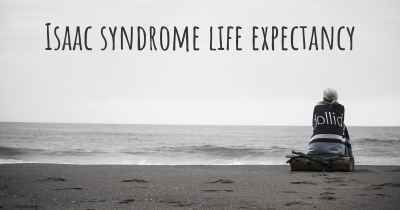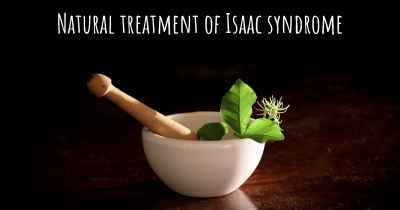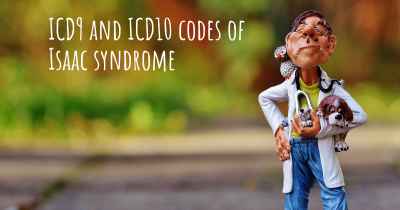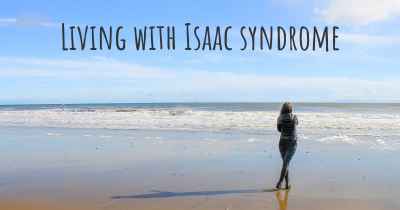Is it advisable to do exercise when affected by Isaac syndrome? Which activities would you suggest and how intense should they be?
See if it is advisable for people with Isaac syndrome to practice sports and which ones are the most recommended if you have Isaac syndrome
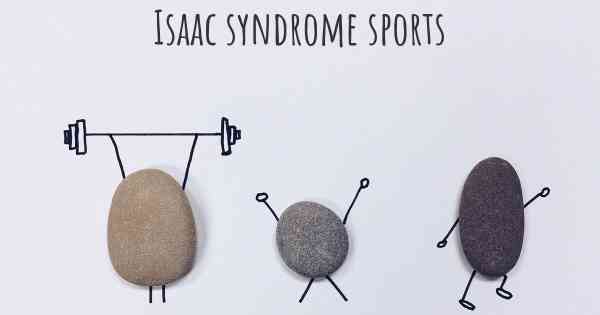
Isaac syndrome, also known as neuromyotonia or continuous muscle fiber activity syndrome, is a rare neurological disorder characterized by muscle stiffness, cramping, and continuous muscle fiber activity. It is caused by hyperexcitability of the peripheral nerves, leading to involuntary muscle contractions and impaired muscle relaxation.
When it comes to exercise and Isaac syndrome, it is important to approach physical activity with caution. While exercise can have numerous benefits for overall health and well-being, it is crucial to consider the specific symptoms and limitations associated with Isaac syndrome.
Consulting with a healthcare professional is essential before starting any exercise program, as they can provide personalized advice based on your individual condition and medical history. They will be able to assess the severity of your symptoms and recommend suitable activities.
Generally, individuals with Isaac syndrome can engage in low-impact exercises that do not put excessive strain on the muscles and joints. These activities can help improve flexibility, strength, and overall physical function. Here are some exercise suggestions:
- Stretching: Gentle stretching exercises can help alleviate muscle stiffness and improve range of motion. Focus on stretching major muscle groups, such as the calves, thighs, and upper body. Hold each stretch for 15-30 seconds and repeat 2-3 times.
- Yoga: Yoga combines stretching, breathing exercises, and relaxation techniques. It can help improve flexibility, balance, and reduce stress. Choose a gentle or beginner-level yoga class that focuses on slow movements and proper alignment.
- Swimming: Swimming is a low-impact exercise that provides resistance to the muscles without putting stress on the joints. It can help improve cardiovascular fitness, muscle strength, and overall endurance. Start with shorter sessions and gradually increase the duration as tolerated.
- Cycling: Cycling on a stationary bike or outdoors can be a suitable exercise option for individuals with Isaac syndrome. It is a low-impact activity that helps improve cardiovascular fitness and leg strength. Adjust the intensity and duration based on your comfort level.
- Pilates: Pilates focuses on core strength, flexibility, and body awareness. It involves controlled movements and emphasizes proper alignment. Look for modified or beginner-level Pilates classes that cater to individuals with varying abilities.
It is important to note that the intensity of exercise should be individualized based on your symptoms and overall fitness level. Start with shorter durations and lower intensities, gradually increasing as tolerated. Listen to your body and avoid pushing yourself to the point of excessive fatigue or pain.
Warm-up before exercising and cool down afterward to prepare your muscles and prevent injury. Incorporate gentle movements and stretches specific to the muscles you will be using during the exercise.
Additionally, monitor your symptoms during and after exercise. If you experience increased muscle stiffness, cramping, or prolonged muscle contractions, it may be a sign that the activity is too strenuous. Adjust the intensity or try a different exercise that is better tolerated.
Hydration is crucial during exercise, so remember to drink plenty of water before, during, and after your workout. This helps prevent muscle cramps and dehydration.
Lastly, listen to your healthcare professional and follow their guidance. They may recommend specific modifications or additional exercises tailored to your condition.
In conclusion, individuals with Isaac syndrome can engage in exercise, but it is important to approach it with caution and seek guidance from a healthcare professional. Low-impact activities such as stretching, yoga, swimming, cycling, and Pilates can be beneficial. The intensity should be individualized, starting with lower levels and gradually increasing as tolerated. Monitoring symptoms, staying hydrated, and listening to your body are essential for a safe and effective exercise routine.
